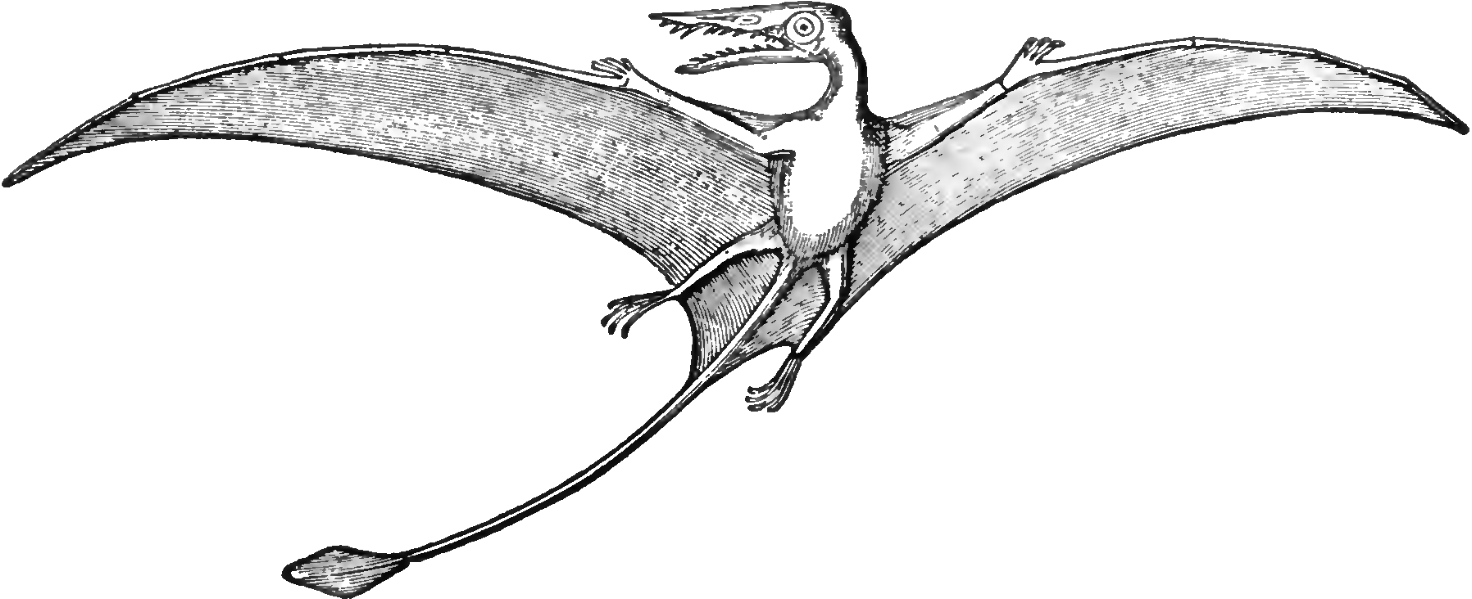<![CDATA[In a new study published in the online open-access journal PLOS ONE, scientists working in southern Brazil found at least 47 specimens of a new species of flying reptiles in a pterosaur bone bed. The new pterosaur species is called Caiuajara dobruskii, and lived during the Cretaceous period. What makes this species so different from others is the projection growing from the top of its nose, like the horn of a rhinoceros, and a strong, rounded and deep lower jaw. Different age groups of the dinosaur were found, and the features varied greatly depending on the age of the specimen. The team headed by Paulo Manzig, head of faculty at the Center of Paleontology at the Contestado University, found the species in a lake deposit in a Cretaceous desert. This find in the south was unusual as most pterosaur material is observed in the northernmost parts of Brazil. The specimens were collected within an area covering less than 20 sq. meters, which tells scientists that this species may have been social dinosaurs, living in small groups. The scientists state that although only 47 of the species heads were found, there could have been hundreds of these dinosaurs living in the desert. Pterosaurs have been found on every continent, but their record is very sparse and brief because the majority of fragments are incomplete. They mostly lived in coastal regions, although a few lived in the inner sections of continents. Most of the remains of pterosaurs that have been found inland were discovered in desert environments. Before this recent discovery, pterosaur remains tended to be found in isolation, not in groups like the Caiuajara dobruskii. The species was named after the Cauia Group, which is a sand sea formation formed in an interior paleodesert. Previously, only fossils of tetrapods had been found in the area. This discovery sheds a whole new light on the ecology of the environment during that time. The scientists had some trouble identifying the dinosaurs in the area as the bones were mixed and not attached, plus the age groups varied widely. They realized that most of the bones were not particularly big, suggesting the dinosaurs that died in that small area were predominantly young, or juveniles. As a matter of fact, only two skulls and three humeri were found which could have belonged to an adult. By studying the humerus and other wingbones, the scientists deduced that the dinosaur's wingspan varied between 0.65 and 2.35 meters. The specimens were all buried at similar depths, as little as 0.5 m apart, while some other bones were found in isolated elements. This might suggest that specific events caused the dinosaur accumulation to occur. Most interestingly, it seems that the area was home to this species of dinosaur continuously over a long period of time. Based on the evidence collected, the scientists have concluded that Caiuajara dobruskii was a gregarious species that lived in colonies around a lake. They also believe that these dinosaurs could fly and fend for themselves at a very young age, although there is also evidence suggesting some level of parental care. Manzig's team are now hoping to determine the causes of the eventual demise of the dinosaur, with drought and desert storms being strong possibilities. ]]>
New Species of Flying Dinosaur Discovered
